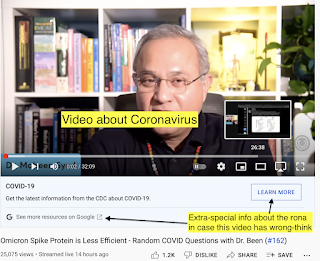Non-Pharmaceutical Interventions Wrapup

I started this tedious series of posts with a look at other Government-sponsored health initiatives. The Physical Activity Guidelines and The Dietary Guidelines . I highlighted the fact that both claim to reduce the risk of various conditions by around 20%, and I made a case that a 20% reduction is significant in aggregate but maybe not so significant for a specific person, given the low risk that some of the conditions already have. I also ran down the basic requirements for a successful public health initiative namely: the initiative has to be easy to understand, easy to follow, widely communicated and medically effective. Regarding the "Easy to understand" requirement, these non-pharmaceutical interventions (NPIs) would clearly get an "A". "Wear a mask", "Wash your hands", "Stand six feet apart" and "Stay home" are about as simple as you can get. Regarding "Easy to follow", the grade is a bit lower. "Sta...

